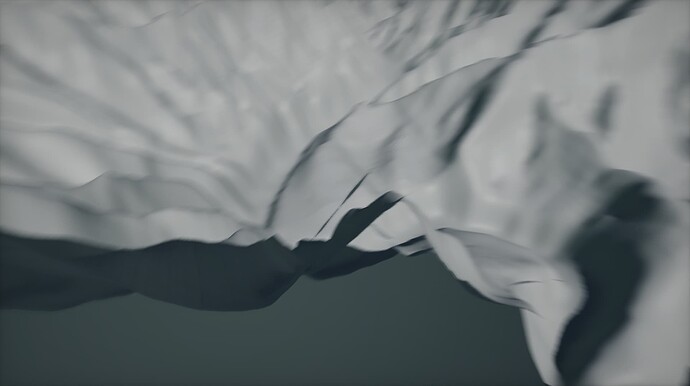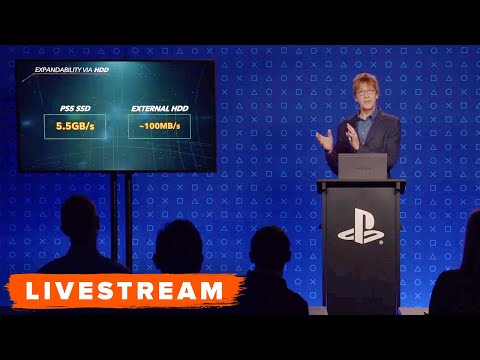Thanks for your explanation. You have the habit of asking deep questions.  I wish I could post more replies to others. I am not even sure my advice is good advice on this one. Simply a way to work around what appears to be by design. This is the only place to talk about this stuff with Flax and even then, it is mostly us reverse engineering Flax to see these things.
I wish I could post more replies to others. I am not even sure my advice is good advice on this one. Simply a way to work around what appears to be by design. This is the only place to talk about this stuff with Flax and even then, it is mostly us reverse engineering Flax to see these things.
I am continuing in UE5 for the time being. Some things are a pain but I am working around them, mostly. My Tile Tech is proving useful in Flax though (requires no terrain). I don’t have to worry about this stuff in UE5/Unity. All of this is mostly managed via handoffs to the black void.  Simply need to manage the draw calls and memory budget. Somehow prevent gamer modders from adding 8k textures for an apple.
Simply need to manage the draw calls and memory budget. Somehow prevent gamer modders from adding 8k textures for an apple. 
Flax seems to be much more deliberate on a lot of things I have not expected. As to this topic though I think Flax taught me something, maybe a light bulb moment. It seems engine designers have some different ideas on how to approach things. It was interesting in Flax to have to change my design (not a lot) to deliberately not worry about the normal hand offs. I discovered this exact topic, which is why I replied, when converting/adapting my Unity weather system to Flax and discovering some strange anomalies (the camera was the first one).
Small example, the star/sun has incremental rotation and angle. When I change it every frame (Update) strange artifacts appear in Flax. I am always using DDGI, why not. When I adapted the rotation and angle adjustments to a span range, when the script accumulates a couple of degrees, I then quickly LERP/Delta/Tween from the previous static position to the new static position. It happens quickly but smoothly and Flax handles it fine. Unity and UE4/5 do not have this issue.
The long winded part of this is for Flax specifically I had to make certain manually that the Update always happens prior to the rendering by making sure the math only changes in the update. Some mental gymnastics here but works. I do worry this will bite me later though.
Thanks for the thoughtful topic questions. 

 UE4 chugs too but handles struggling CPU frames better. Flax so far is very fast so will take some serious doing to get it chugging but what happens? No idea.
UE4 chugs too but handles struggling CPU frames better. Flax so far is very fast so will take some serious doing to get it chugging but what happens? No idea. 


 I wish I could post more replies to others. I am not even sure my advice is good advice on this one. Simply a way to work around what appears to be by design. This is the only place to talk about this stuff with Flax and even then, it is mostly us reverse engineering Flax to see these things.
I wish I could post more replies to others. I am not even sure my advice is good advice on this one. Simply a way to work around what appears to be by design. This is the only place to talk about this stuff with Flax and even then, it is mostly us reverse engineering Flax to see these things.